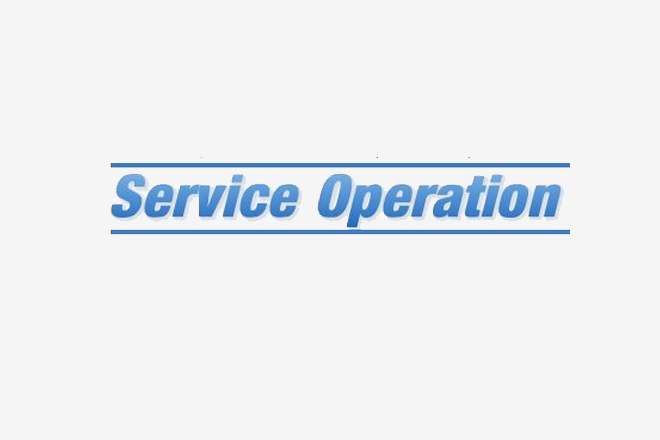We saw abut the 5 processes underService Operation. There are also 4 functions (and 2 sub-functions) underService Operation. They are Service Desk, Technical Management, IT Operations (the subfunctions are Operations Control & the Facilities Management) and Application Management.
Now the Functions: Functions refer to the people (or roles) and automated measures that execute a defined process, an activity or combination of both. The functions within Service Operation are needed to manage the ‘steady state’ operation IT environment. The IT Functions define the different roles and responsibilities required for the overall Service Delivery and Support of IT Services. Functions can be logical entities and may not have to be formed as equivalent organizational structures.
Now the Functions: Functions refer to the people (or roles) and automated measures that execute a defined process, an activity or combination of both. The functions within Service Operation are needed to manage the ‘steady state’ operation IT environment. The IT Functions define the different roles and responsibilities required for the overall Service Delivery and Support of IT Services. Functions can be logical entities and may not have to be formed as equivalent organizational structures.
